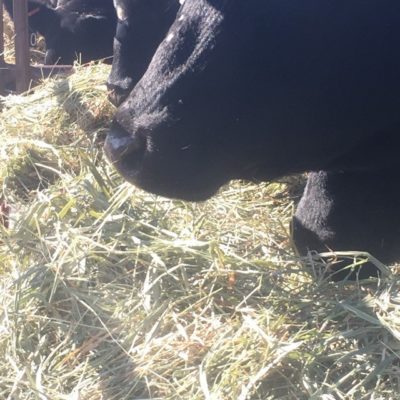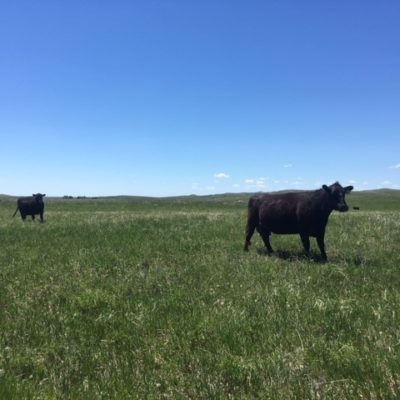Brown mid-rib forage (BMR) varieties have been around since the early 2000s. Yet, I still find producers aren’t sure about what BMR means to their operation. Traits associated with BMR varieties can impact forage quality and animal performance. First, lets define what BMR really is. Then, we can examine how this trait impacts forage quality and animal performance.
What is Brown Mid-Rib Forage?
The mid-rib of non-BMR varieties is typically whitish in color. Brown Mid-Rib refers to the brown/red color of the middle vein on leaves of sorghum, sudan, millet, corn and hybrid species with low lignin genes. Lignin is a compound associated with cell walls and the structure of plants. Lignin contributes to the fiber content of forages. Forages with more lignin typically have higher ADF and NDF concentrations. High fiber forages are less palatable and less digestible.
What does low-lignin mean for forage quality?
Forage quality can be measured by Relative Forage Quality (RFQ). Relative Forage Quality is an index, which takes into account many factors including protein, ADF, NDF, Fat, Ash, and digestibility of the forage. Subsequently, lignin content of a feed impacts the percent ADF, percent NDF and digestibility of a forage. Decreased ADF and NDF with increased digestibility improves RFQ. On average BMR or low lignin varieties have lower ADF and NDF concentrations and higher digestibility than their non-BMR counterparts. So, while all of these constituents are variable and a non-BMR variety could be of the same quality as a BMR variety, overall BMR forages are higher quality feeds with similar yields.
What does BMR mean for animal performance?
As most producers would expect, higher quality forages improves animal performance. Low lignin sorghum varieties are typically more palatable. Furthermore, reduced lignin increases rumen passage rate. So, animal intake improves along with other metrics including average daily gain and milk production.
In conclusion, BMR varieties produce higher quality forage under similar management practices to their conventional counterpart. Ward Laboratories, INC. offers analysis to assist in decision making through the growing season and feeding the forage.




